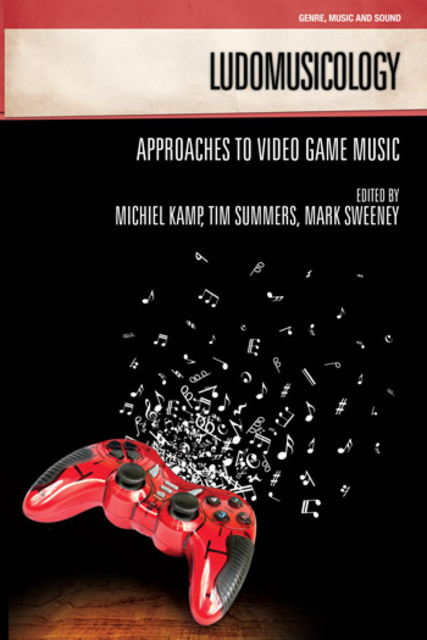Kamp, Summers & Sweeney/Ludomusicology, 4. Modularity in Video Game Music

Full description
One of the most critical–and critically puzzling–aspects of video game music is that it is fundamentally dynamic; it is ‘changeable,’ and it ‘reacts both to changes in the gameplay environment and/or in response to the player’ (Collins, 2008). More specifically, nearly all video games employ modularity as a fundamental basis for dynamic music. Gradual changes in volume, tempo, or other parameters may also yield dynamic effects, but the actual musical content we hear while playing a game arises mainly from a collection of pre-composed pieces of music–that is, modules–which get triggered in real time as we play. This chapter contributes to our understanding of video game music and its dynamic qualities by placing it within a larger conceptual context of modularity. The current chapter provides the first thorough examination of modularity in video game music as such. I adopt and adapt a concept of modularity from Saunders (2008), in which I define modular music as any system consisting of a collection of modules and a set of rules that dictate how those modules may combine, and which ultimately undergoes a process of assembly to yield the final sounding music. I then explore how video game music fits into this broad framework, and identify specific ways in which game music is similar to other types of modular music, and ways in which it is unique. Two aspects of game music, especially, distinguish it from other types of modular music, and thus surface as important focal points for future studies of this music: (1) game music often provides information that the player actively uses while playing the game, or in other words, this music has a usability function (after Jørgensen, 2009); and (2) game music relies increasingly on a concept of smoothness (or lack thereof) between modules as they combine during gameplay. Finally, by examining existing scholarly approaches to other modular music—especially of the 20th-century avant-garde—I suggest two main directions through which we might productively analyze video game music together with its dynamic qualities. This chapter argues that by attending to the dynamic and modular aspects of video game music, we gain a more complete understanding of this music within the context of games and gameplay. In this way, modularity becomes a vital and valuable component in the developing field of ludomusicology.
- typeImage
- created on
- file formatjpg
- file size45 KB
- container titleLudomusicology: Approaches to Video Game Music
- creatorElizabeth Medina-Gray
- isbn9781781794388 (eBook)
- publisherEquinox Publishing Ltd.
- publisher placeSheffield, United Kingdom
- rightsEquinox Publishing Ltd.
- series titleGenre, Music and Sound
- doi
We use cookies to analyze our traffic. Please decide if you are willing to accept cookies from our website. You can change this setting anytime in Privacy Settings.
